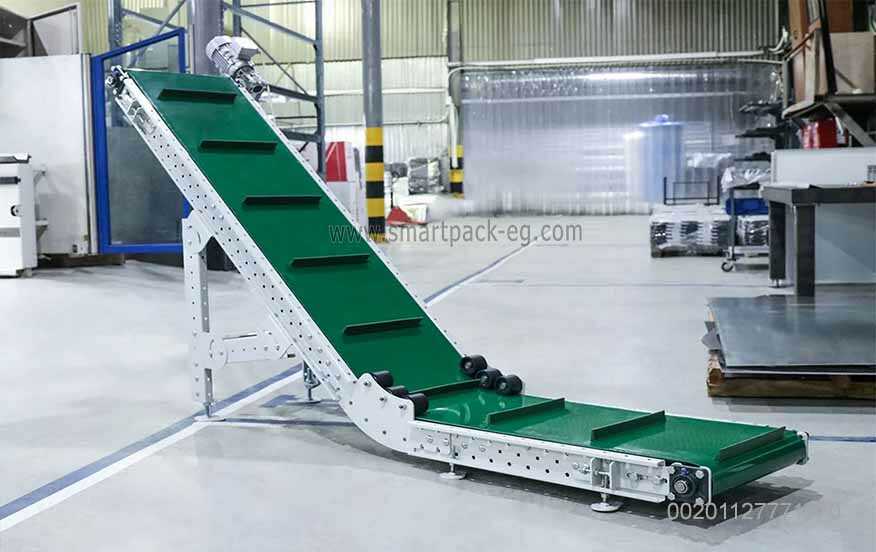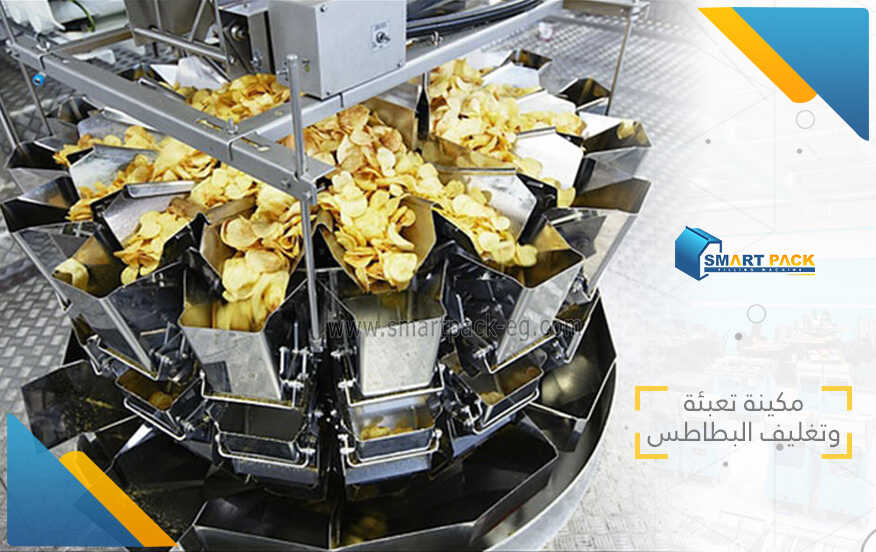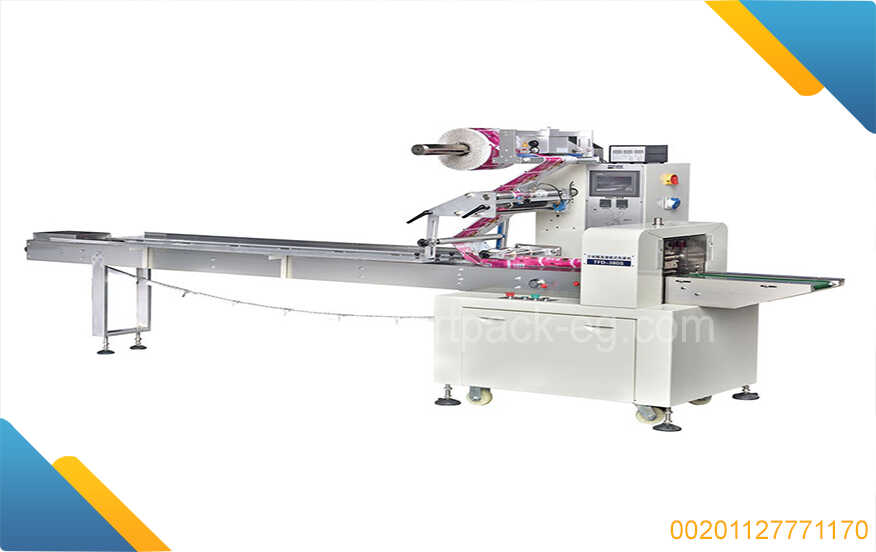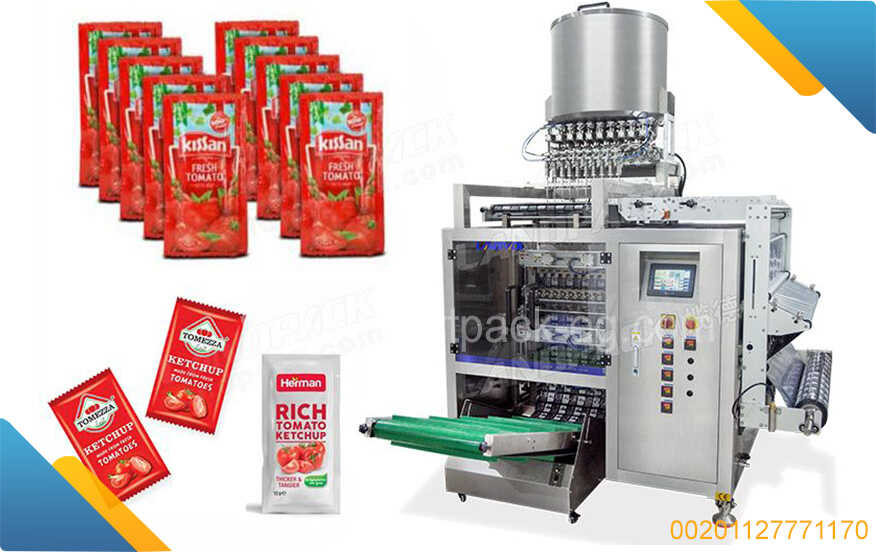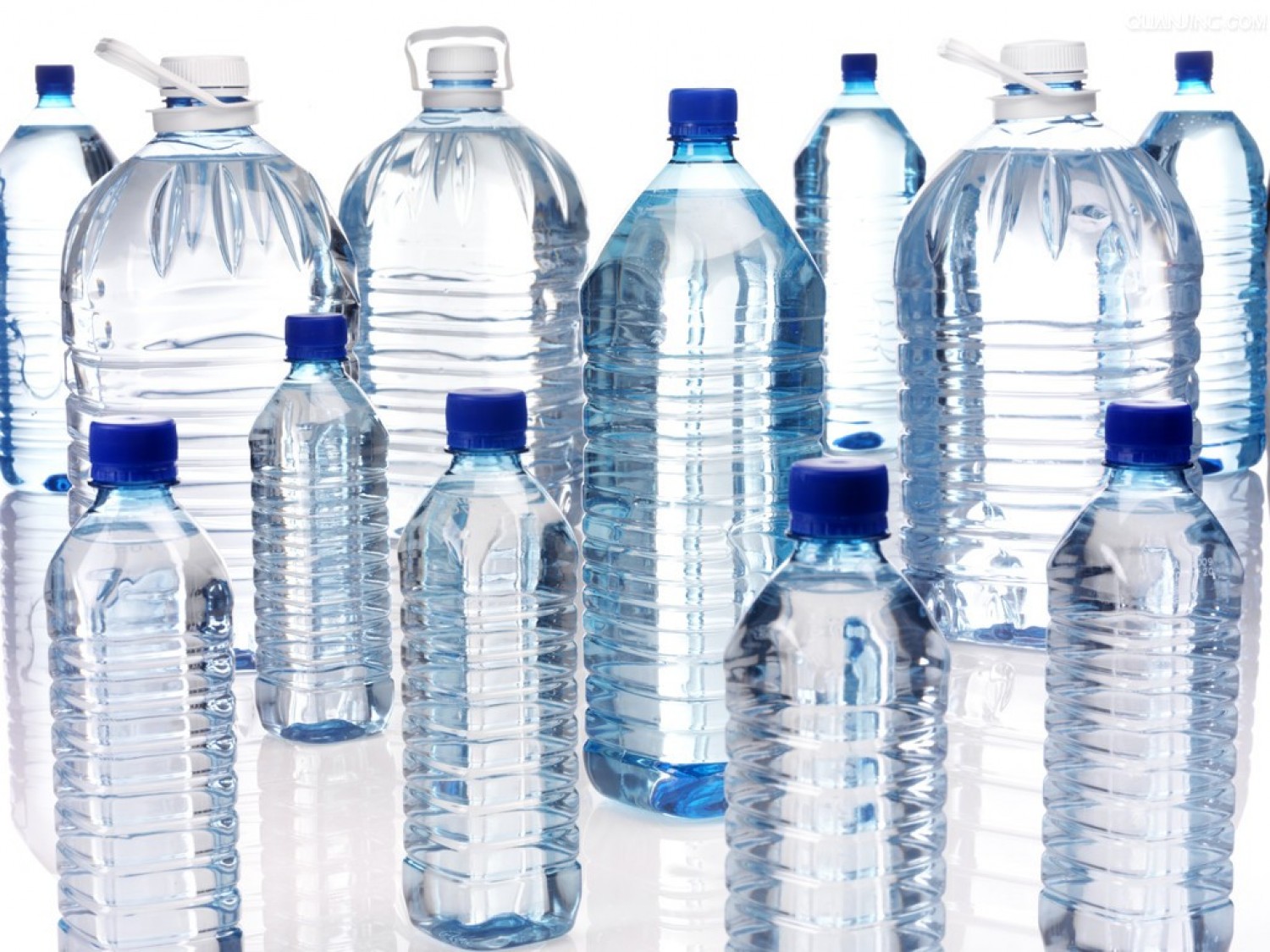How to Guide: A Project for Packaging Machines for Soap and Industrial Detergents in Egypt
Introduction:
This guide aims to provide a step-by-step approach for planning and executing a project focused on packaging machines for soap and industrial detergents in Egypt. This project involves the installation and commissioning of advanced packing machines and ensuring efficient packaging processes. The following steps will help you navigate through the project successfully, ensuring the smooth integration of packaging equipment in your production line.
Step 1: Define Project Scope and Objectives
- Clearly define the scope of your project, detailing what needs to be achieved.
- Determine your objectives, including specific requirements for packaging machines, such as capacity, speed, and types of packaging materials.
Step 2: Conduct Market Research and Identify Suppliers
- Research the market to understand the range of packaging machines available.
- Identify reliable suppliers who specialize in packaging machines for soap and industrial detergents.
- Review their product catalogs, technical specifications, and customer reviews to shortlist potential suppliers.
Step 3: Develop a Project Plan
- Create a project plan that outlines key milestones, deadlines, and resources required.
- Include a detailed timeline for each stage of the project, such as procurement, installation, testing, and training.
- Define roles and responsibilities for team members involved in the project.
Step 4: Procurement and Evaluation
- Request quotations from shortlisted suppliers based on your project requirements.
- Evaluate the received quotations based on factors like quality, price, warranty, after-sales support, and delivery timelines.
- Arrange meetings or site visits with selected suppliers to further assess their capabilities and seek clarifications.
Step 5: Installation and Commissioning
- Coordinate with the supplier to schedule the installation of the packaging machines.
- Ensure that the installation process aligns with your production schedule to minimize downtime.
- Supervise the installation process and conduct regular progress meetings with the supplier's technical team.
Step 6: Testing and Quality Assurance
- Collaborate with the supplier to perform rigorous testing on the packaging machines and ensure they meet the specified requirements.
- Conduct trial runs using different packaging materials and optimize the settings for maximum efficiency.
- Implement quality control procedures to ensure that the packaged products meet the desired standards.
Step 7: Training and Documentation
- Arrange training sessions for your operators to familiarize them with the operation and maintenance of the packaging machines.
- Obtain comprehensive documentation, including user manuals, troubleshooting guides, and spare parts lists from the supplier.
- Create a maintenance schedule and establish procedures for regular equipment maintenance.
Step 8: Monitoring and Continuous Improvement
- Monitor the performance of the packaging machines on an ongoing basis.
- Collect data on machine productivity, downtime, and any issues faced during operation.
- Analyze the data to identify areas for improvement and implement necessary adjustments or upgrades.
Conclusion:
Successfully implementing a project for packaging machines for soap and industrial detergents in Egypt requires a systematic approach. By carefully following these steps, you can ensure a smooth execution, from defining the project scope to monitoring the performance of the machines. Remember to collaborate closely with suppliers, stay focused on your objectives, and prioritize the needs of your production line.


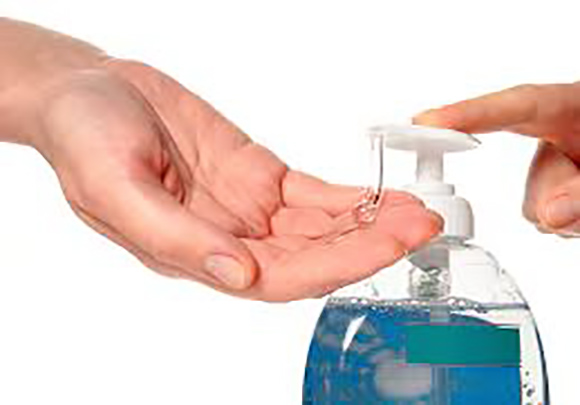
 Admin
Admin 